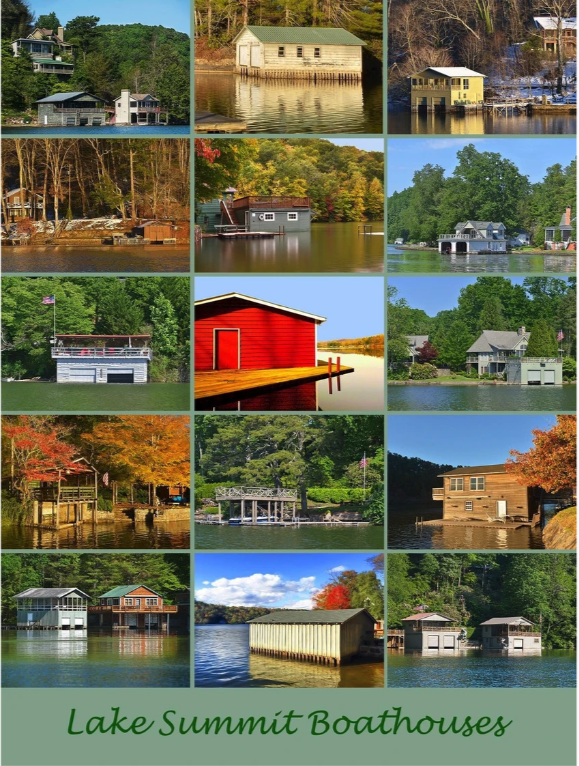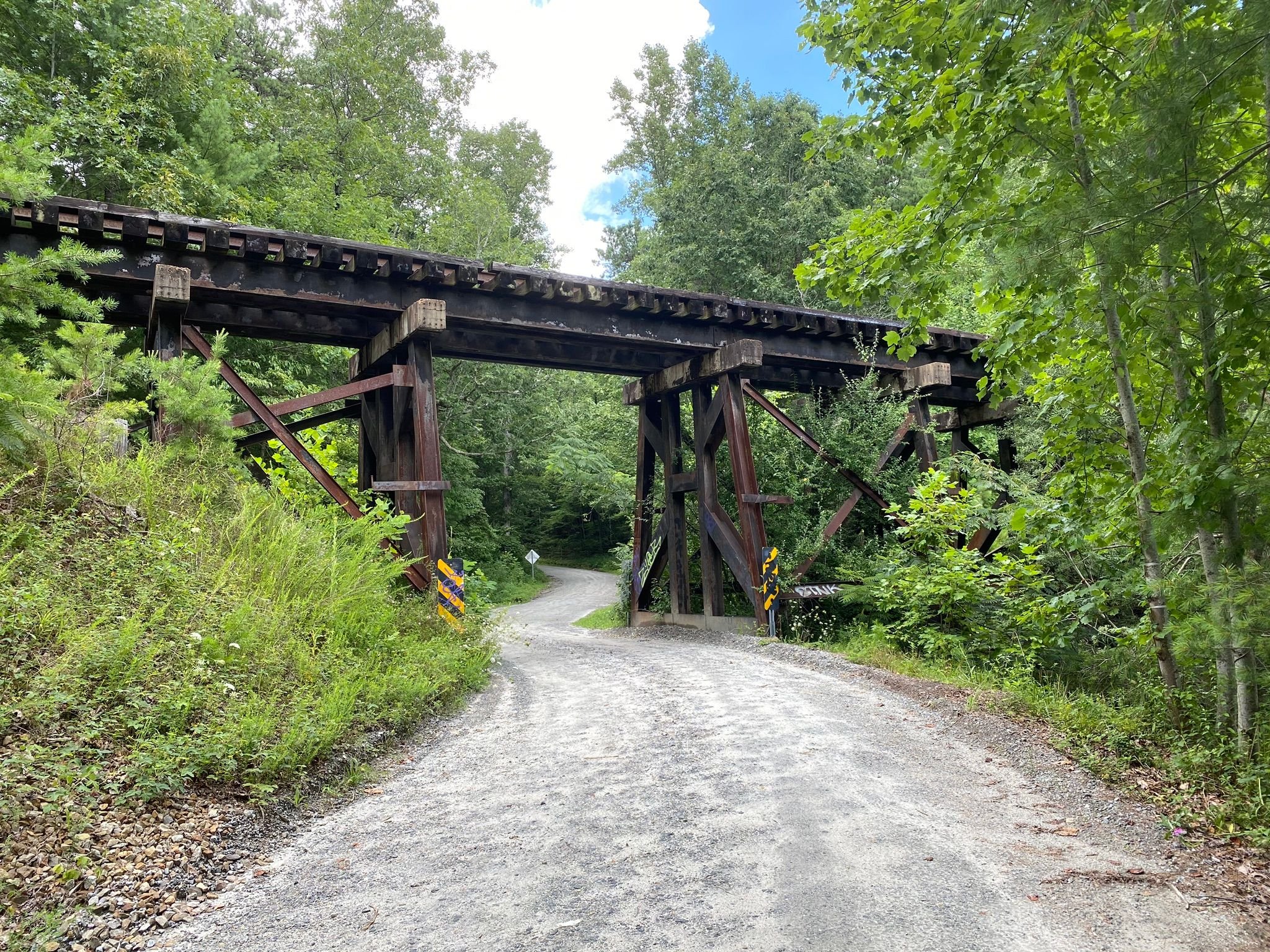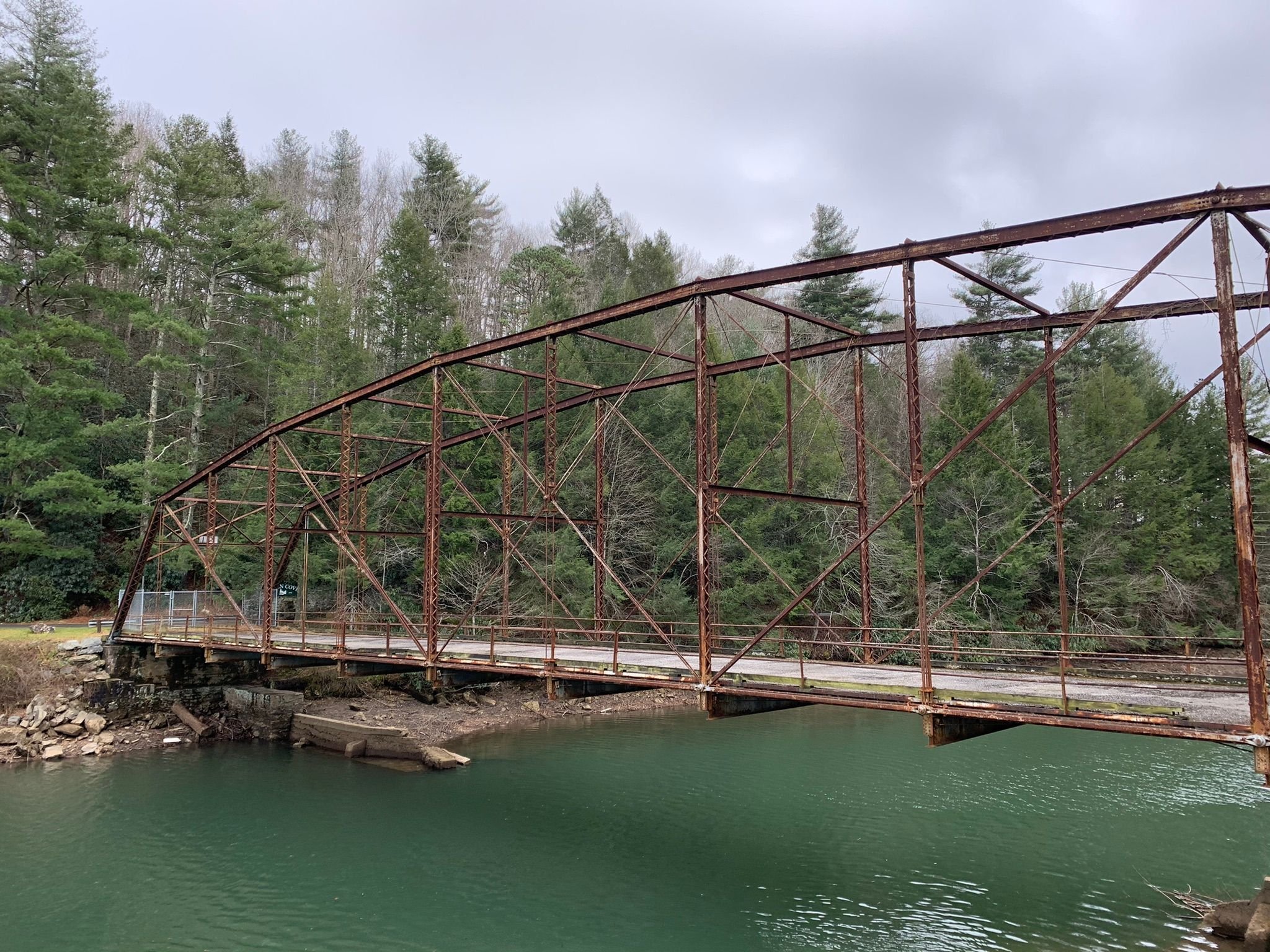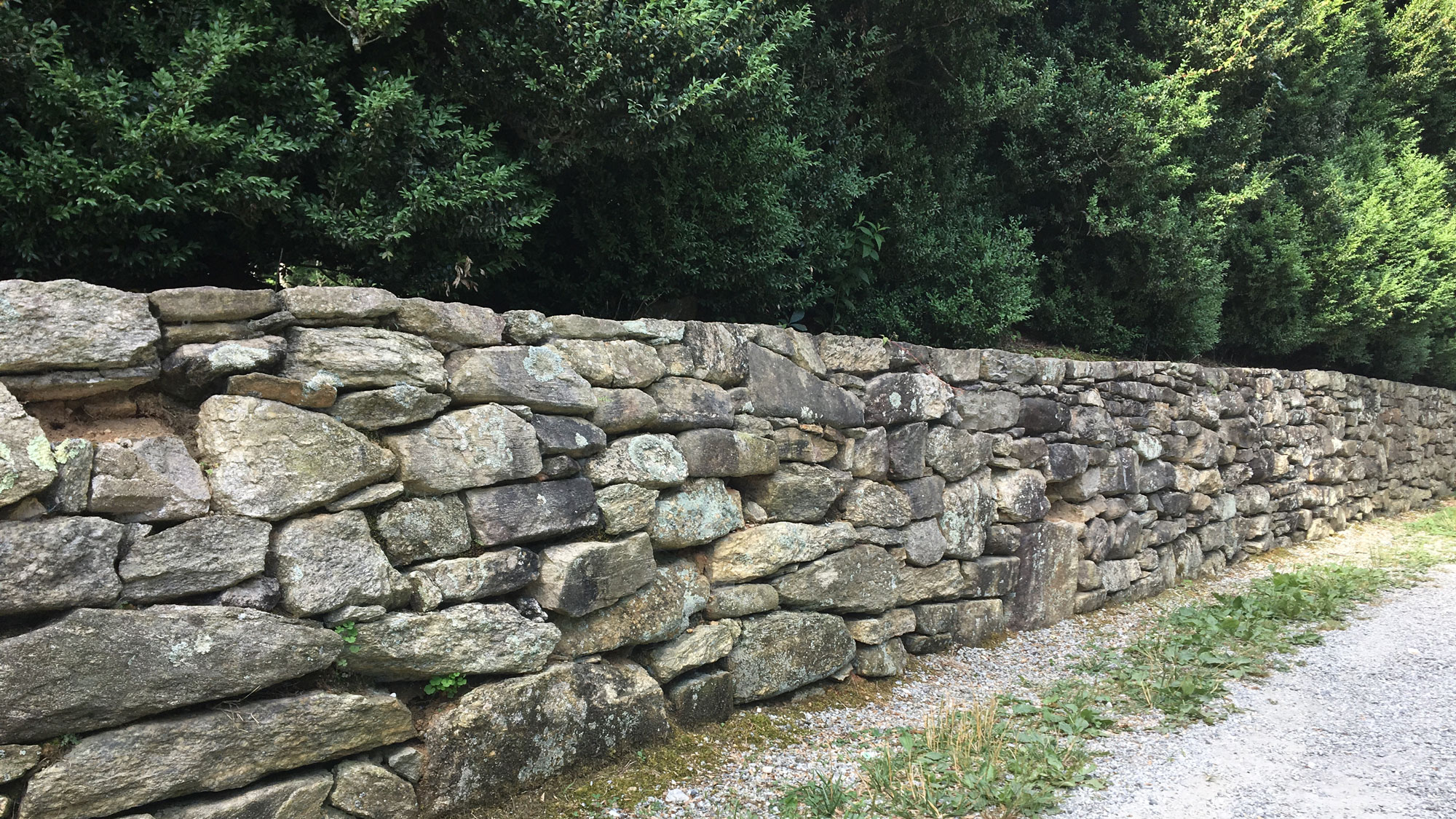Lake Summit Tales
/By Missy Izard Schenck
Saying goodbye to summer is always hard for me. It is and will forever be my favorite season. Just south of Flat Rock in the town of Tuxedo lies Lake Summit where families have gathered for over a hundred years of recreational fun. Originally built as a power source, more than 250 cottages with boathouses line its shores. Each summer, families welcome the season as they make their annual pilgrimage to the lake — a beloved place rooted in multi-generational history. It pulls me back to a place of transformative silence and howling laughter and will always be the best water-skiing lake in the world.
For years, the lure of Lake Summit has been water activities and improvising a whole lot of fun. Days were and still are spent in and around the boathouse; a treasured waterfront structure that functions as a building to keep boats and to provide a home base for playing on the lake. “We skied every day from sun-up to sun-down,” said Bill Gordon, one of the remaining patriarchs of the lake. “We would go to each other’s houses and collect loose change to buy a tank of gas and ski until it ran out. We made our own skis out of planks of wood with a leather strap for the shoe.
Neill Satterfield came up one summer with a pair of skis he bought at Crutchfield’s in Spartanburg. They were Hedlund Hydro-Flite skis; one of the first brands manufactured and it had a big fin on the back. This was new to us, and we weren’t quite sure of its purpose. Before long, we were jumping straight off the dock into the water on a slalom balanced by that fin.”
During the early 1930s and 40s, there were just a few boathouses and most of them floated on oil drums. My father bought a couple of old World War II army rafts for floating docks until we discovered how much fun it was to pull one behind a boat! One of the rafts blew out on the lake, so we took off the boathouse door, attached a rope to it and kept going!”
Herbert and Annabel Cribb Moses’s cottage was built in 1946 by Annabel’s father, Troy Cribb and his peach farm workers. At about the same time, Mrs. John Law had converted an old school on the lake into a theatre for the Carolina Players of Chapel Hill. No longer needed by the Carolina group, the Vagabond Players, now the Flat Rock Playhouse, secured the location for the Lake Summit Playhouse. It just so happened that Annabel’s brothers, Jack and Kenneth Cribb were working at the playhouse with Herbert Moses and introduced Annabel to him. They were married 69 years and spent treasured summers with their three children and extended family at Lake Summit. Recently, I had the pleasure of talking with their son, Steve, who is part of the third generation to share their family cottage.
“Originally, we had a floating boathouse built by J.B. Pace of Saluda. He also built the current boathouse and helped my father build the rock wall in the cove to protect the bank. One day J.B. arrived with a big dump truck full of dirt to fill in behind the rock wall. My father asked J.B. if he had someone to help him put the dirt in and he said no; he was planning to do it himself. My father then asked him how he intended to do that, and J.B. replied, “One shovel load at a time.”
“The road to lakefront freedom in our household was passing the swim test,” said Steve Moses. “This meant swimming from our beach and dock area across the lake without touching the bottom. When I was about six years old my father paddled his canoe as I swam beside him to pass the family swim test. It freed me to be able to go on the dock without a grownup and the shenanigans began! The fourth generation in our family now faces this legendary test of time.
“Like many lake children, I caught the ski bug when I was a young boy,” continued Steve. “We were passionate about water skiing especially early in the morning or in the late afternoon when the water was like glass. I always needed someone to pull me and would beg my father to do it. In the morning it meant waking him up and getting out there before he’d had his coffee. He would tell me to go lower the boat, run the blower and get everything ready. He made me work for it. When we finished skiing, the routine was reversed, and I put the boat back up. Ironically, history repeated itself with my own children and it was worth it every time.”
Andy Satterfield has fond memories of growing up on the lake. Like the generation before him, water skiing filled his day and he never tired of it. He wanted to be the first person on the lake in the morning and the last one at night. “My father, Neill Satterfield, was an exceptional skier. His group of friends, Bill Gordon, Bill Kilpatrick, Lesesne Smith, and Rob Few were the skiing mavericks of their time. They told some of the most hysterical stories about their adventures on the lake. Once they found a hood of a 1950 Cadillac and turned it upside down so the curves were up and the boat pulled them on it.”
Andy’s grandparents on both sides of his family had houses on the lake and his father married the girl next door. “A week before my parents’ wedding, my father was skiing,” recalls Andy. “He was great at skiing off the dock and grabbing the ladder of the dock as he came back in. On this particular day, one of the oil drums under the dock had come loose and my father hit it. It propelled him in the air and knocked out his two front teeth.”
“We had a great group to grow up with on the lake,” expressed Andy. “Along with Billy Gordon, the son of Bill Gordon, Bill Beattie, Steve Moses and others we spent hours skiing the lake. We were always on someone’s dock or in the water.”
“Every household played a part in raising us,” added Billy Gordon. “There were rules and our parents trusted us — we were given tremendous independence. It was a glorious way to spend the summer.”
“Once we decided to ski 12 people behind one boat,” said Andy. “We started out with three boats and four skiers behind each boat. Each skier had two ski ropes and handed off a ski rope until we were all behind one boat. We filled the entire lake from side to side. Ronnie Bane was the lake patrol at the time. A responsible person on a dock called upon Ronnie to reprimand us. He gave us a lecture including a threat to take us to jail. With that, Billy Gordon immediately questioned him, ‘How are you going to get us there? There are 12 of us and you only have a Volkswagen.’”
The equivalent of a bike in a lake community was a Jon boat with a Mercury 9.8 HP motor on it. “It was our freedom to adventure,” remarked Andy. “One day, my father came home and told me to go outside and open the back of the car. It was like Christmas in July! There was a new Mercury 9.8 HP motor. It was my water wheels and for a youngster on the lake — it meant independence. Back then there were no boathouses in the coves nest to Mondamin. We would go up in the cove behind Mondamin and climb up the hillside behind Allen’s Garage where Route 225 and South Lake Summit Road met. We would head over to Willie’s Produce Hut where there was an ice cream cooler and get an ice cream sandwich.”
“The key players in my Lake Summit saga as a teen were JoJo Few, Sandy Vermont, one of the Sheffields and the McClendon boy,” said Conrad Zimmerman. “Once we nailed a rocking chair to a round skim board about 30” in diameter. I had an old-timey men’s bathing suit with bold stripes and the others had overalls and a dress. We would dress up and ski the rocking chair around the lake — sometimes doing a 360. It was a real performance. We also played football on skis. We’d have two boats with two teams of two skiers behind each one. One team would try to tackle the other, so you had to pass the football. We were never bored.”
“When our boathouse was under construction, my younger brother, Michael, climbed a ladder to the peak of the boathouse and jumped in the lake,” recalls Conrad. “After repeatedly doing this, he asked my father and the contractor to please put in a door up in the peak so he could continue to jump in the lake. The front of the boathouse looks a bit like a barn with this door. My four siblings and I had a companion, a black lab named Angus. He would fetch anything. Michael taught Angus to climb up the ladder to the door in the boathouse. He would then throw a tennis ball out of the door and Angus would jump right in after it. My father got a real kick out of it and would entertain his friends with Angus.”
Mr. Osteen built two houses on the lake across the street from each other for Mary Lynn Anderson’s father. Both houses were built with locally harvested wood and pine paneling interiors. “I was five years old when we moved across the street to the new house down on the lake,” said Mary Lynn. “The Stevenson family of Charleston bought our other house including the furniture and the mahogany Chris Craft boat. Jacqueline Stevenson Bennett and I have an ongoing conversation about the round dining room table my mother had made for the house. I always ask her when I can come to get my table. Everyone loves it.”
The water levels in the 1950s were much different than today. We used to have a beach and could walk along it from our house to the point. Most people just had docks then. Both of our houses had boathouses. The boathouse at our new house was a one-story structure. Through the years the water levels rose, and our boathouse was always flooded. Eventually, I had to build a new one.
My best friend, Kathy Bullington, and I hung out with a group of boys on the lake … George Crow, Ferrel Noland, Caldwell Zimmerman, Lawson Cannon and Boo Hayes. One day the boys decided they wanted to make a swing down at the old bridge. They convinced me to take our ski rope so they could throw it up over the arch to make the swing. I knew my brother would kill me if I did not bring it back and the boys promised they would get it down after we were finished swinging. Well, you know how that story ended!
In 1976, Lake Summit icon Fannie Louise Holcombe initiated the annual Fourth of July Boat Parade. Throughout the years the parade grew from a handful of boats to a fleet of 50 or more. Boats of all sizes and shapes adorned with various themes graced the parade with the Grand Marshall leading the way. One year, Peggy and Herb Thornton transformed Cathy and Bern Mebane’s pontoon boat into a pink Cadillac complete with brother-in-law, Nat Davis, as Elvis.
“We had a jukebox on the boat playing Aretha Franklin’s Pink Cadillac. Elvis was at one end with a microphone, and we were his backup girls with an assortment of colorful beehive wigs on. When we passed the docks on the lake, girls would swoon and wave at him,” recalls Peggy.
The heart of Lake Summit has always been the lake community. It remains a space for children to grow and play — to test the waters and be brave. Throughout the years, several brands of skis, tubes and wakeboards have appeared on the scene and replaced boathouse doors and tractor tires. Ski belts have been upgraded to fancy PFDs with buckles only children can open and ski ropes, although a bit more sophisticated, are still swung in a wide arch above the head and let go to land right in front of the skier. Some things get easier as we grow older. Young me wouldn’t even have blinked at getting up and skiing across the lake at top speed. Older me appreciates the skill and knows my time is limited and my stamina is waning. Still, as I watch my children teach their children to ski, those heart-racing moments of anticipation fill me and I grip my chair handles, loosen the flex in my knees just slightly, angle my feet as if in a ski and echo the never changing command, “Hit it!”
——
Missy Craver Izard Schenck was born and raised in Charleston, South Carolina. She resides in Flat Rock, North Carolina, with her husband, Sandy Schenck, where their family runs a summer camp. Missy currently serves as the president of Historic Flat Rock, Inc., a position once held by her father-in-law, Alex Schenck, the first president of the organization and a founding trustee.










